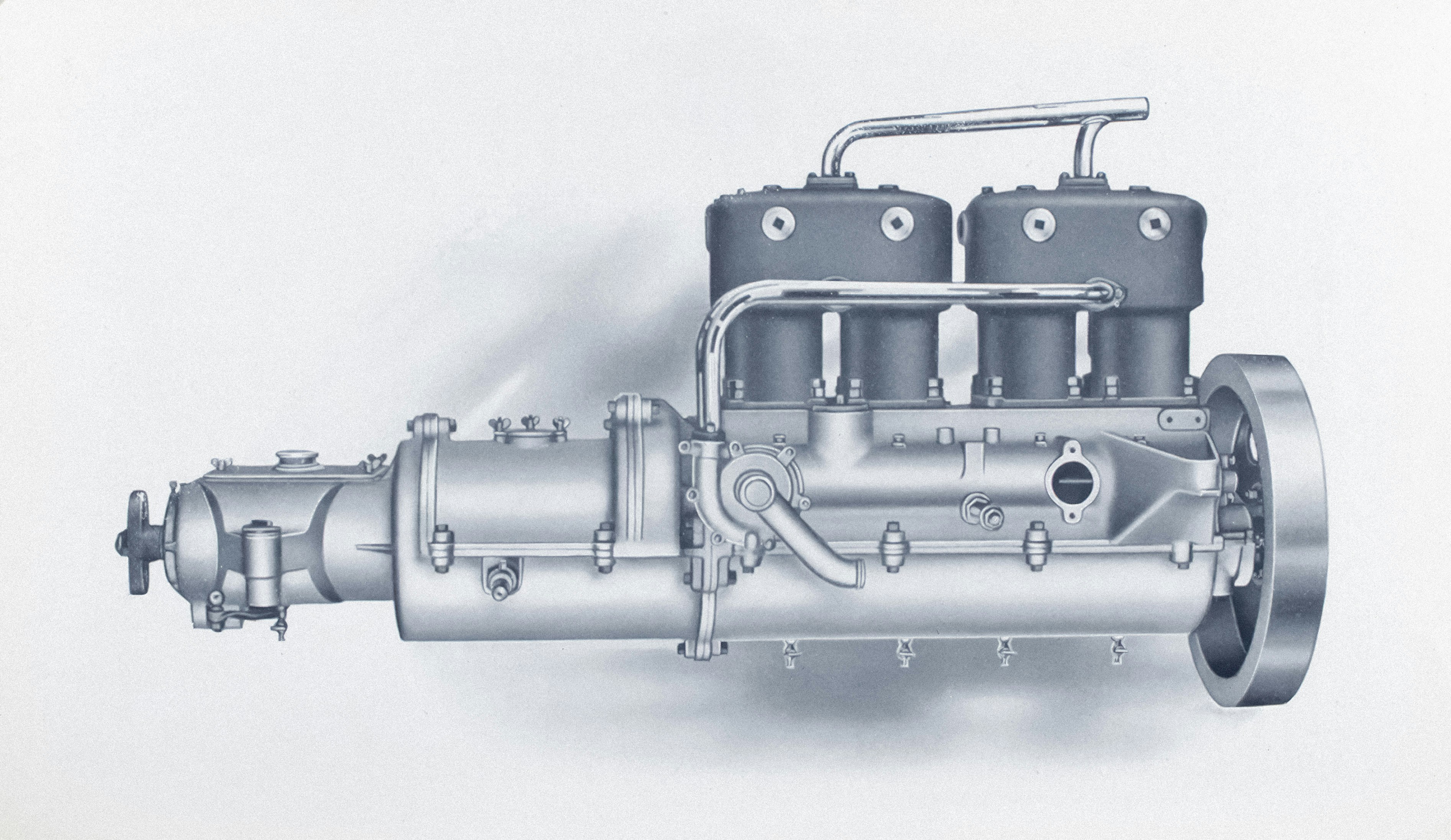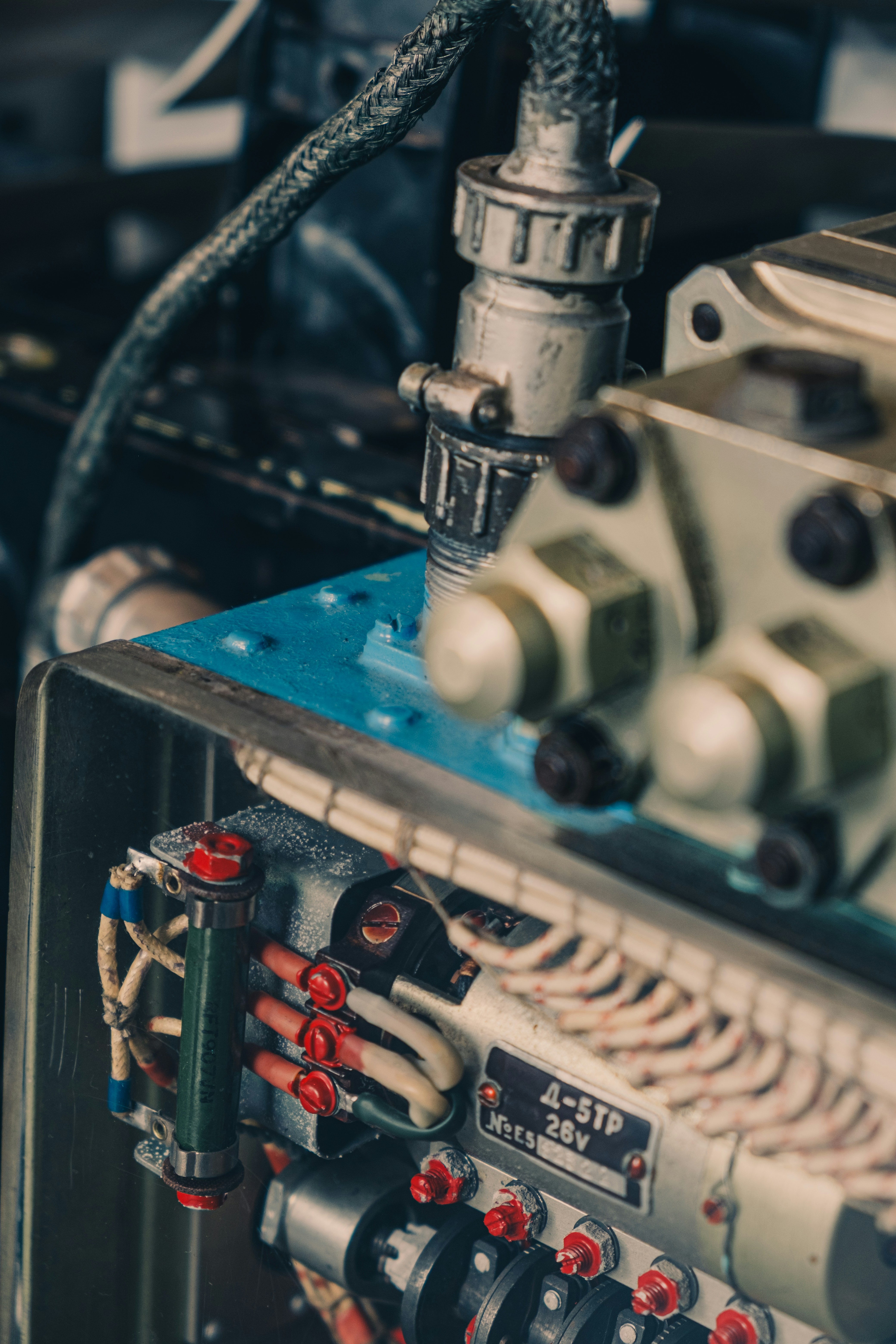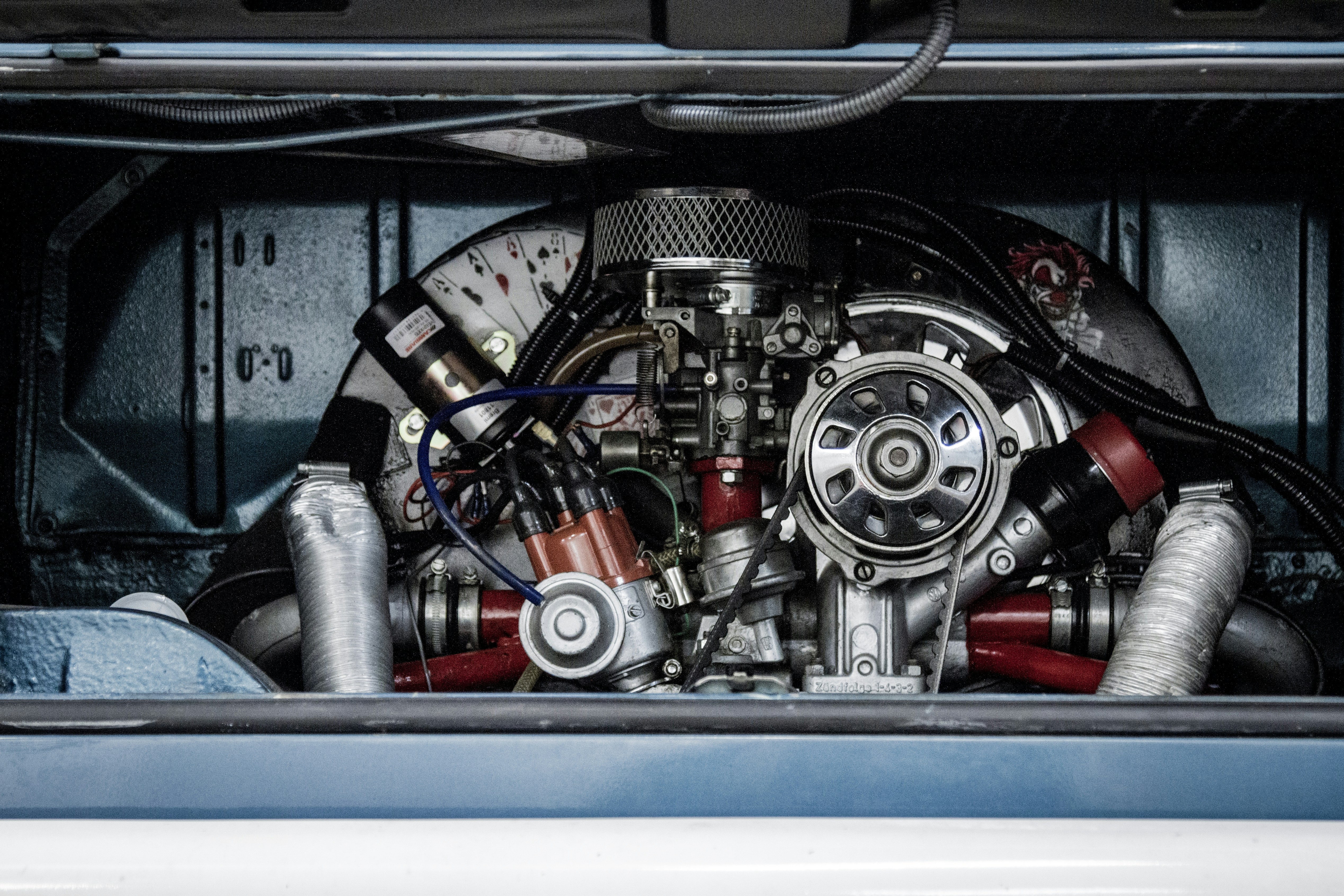Stepper Motors vs Servo Motors
# Stepper Motors vs Servo Motors: Key Differences and Use Cases
Stepper and servo motors are essential in precision motion control systems. Each has unique strengths and is suited for specific tasks.
## 🔁 What Are Stepper Motors?
Stepper motors move in fixed angular increments (steps). Great for open-loop control and precision.
### ✅ Pros:
- Simple control
- Cost-effective
- Accurate in open-loop systems
### ❌ Cons:
- Can lose steps under heavy load
- Low efficiency at high speeds
## 🔄 What Are Servo Motors?
Servo motors provide closed-loop control, using feedback to adjust position and speed in real time.
### ✅ Pros:
- High accuracy and torque
- Better efficiency
- Feedback enables error correction
### ❌ Cons:
- Higher cost
- Requires controller and encoder
## 📊 Comparison Table
| Feature | Stepper Motor | Servo Motor |
|------------------|-------------------|--------------------|
| Control | Open-loop | Closed-loop |
| Torque | High at low speed | High across range |
| Accuracy | Moderate | Very high |
| Efficiency | Low | High |
| Cost | Lower | Higher |
## 🛠 Applications
- **Stepper**: 3D printers, CNC, cameras
- **Servo**: Robotics, conveyor belts, drones
## ✅ Conclusion
Use stepper motors for budget-conscious precision tasks, and servo motors where dynamic response and feedback are essential.


